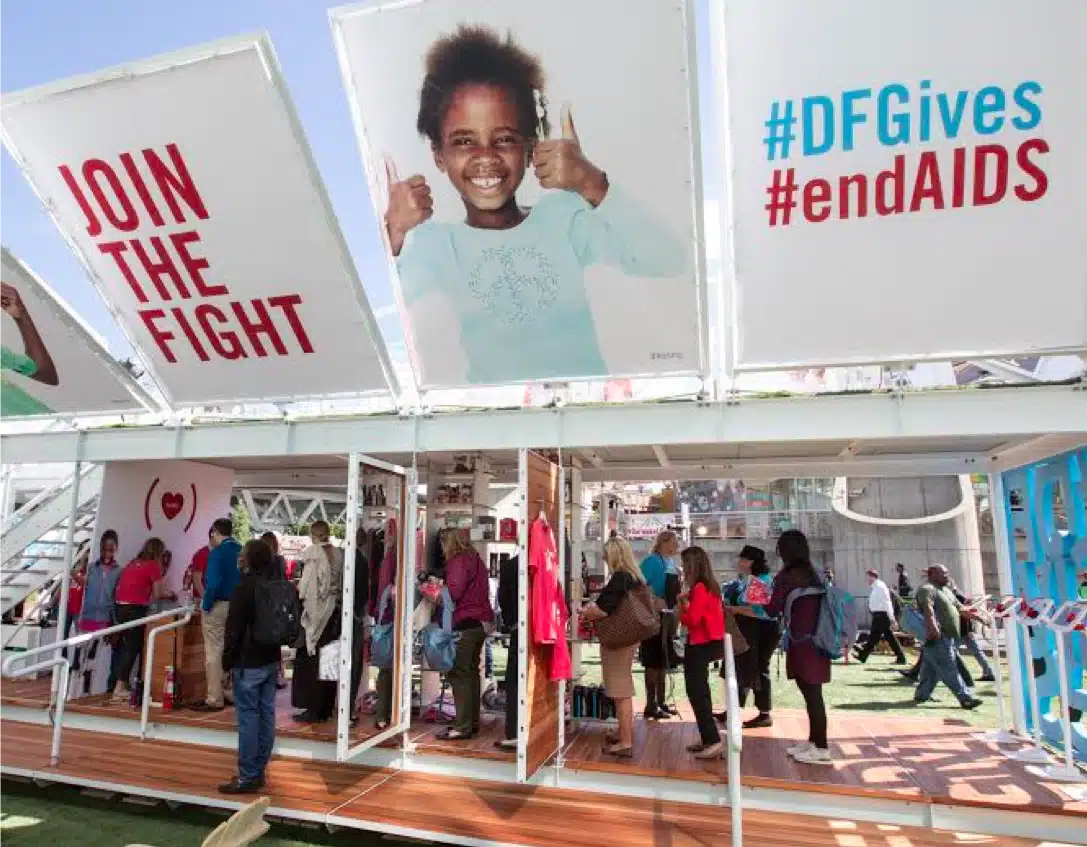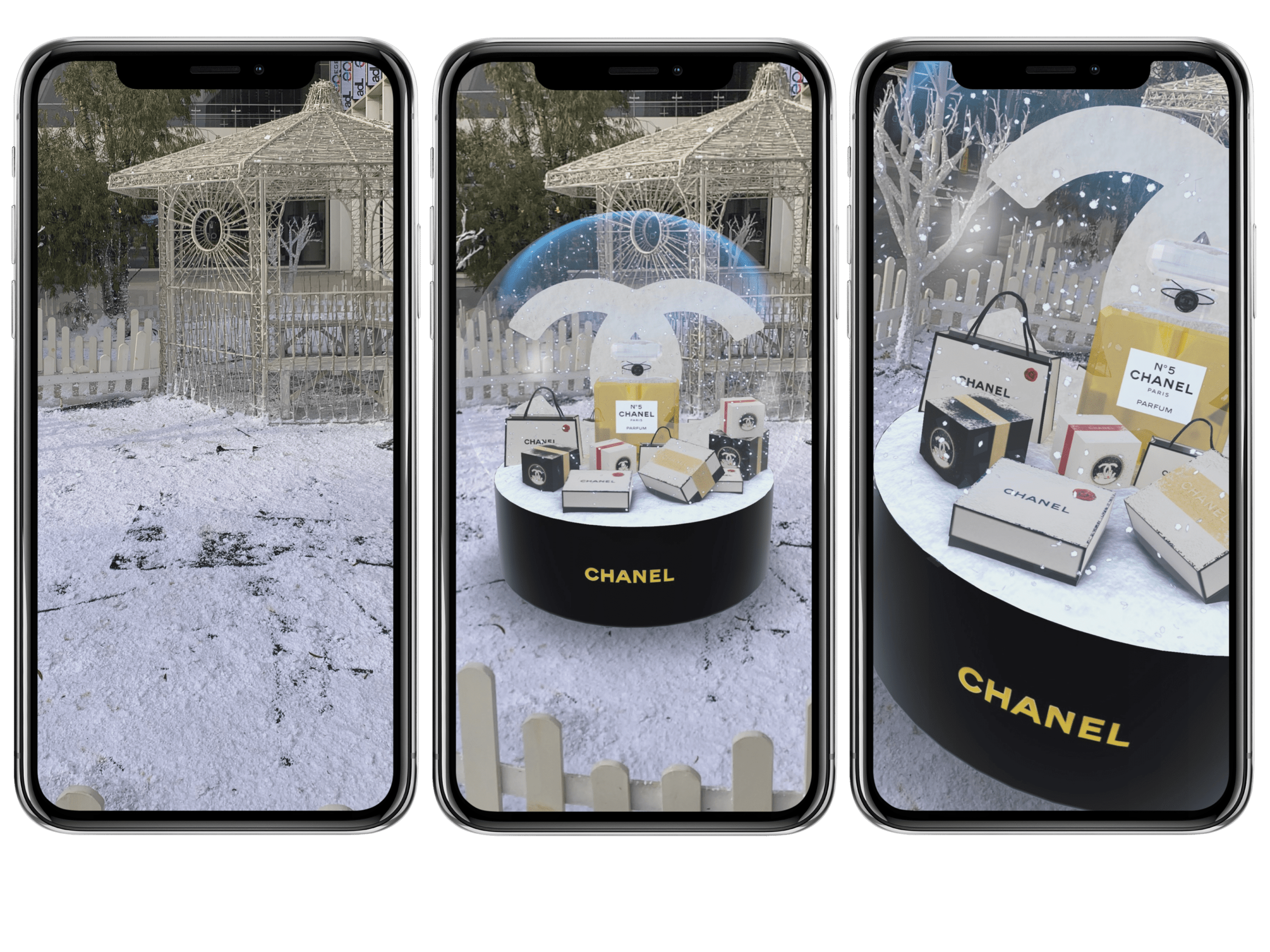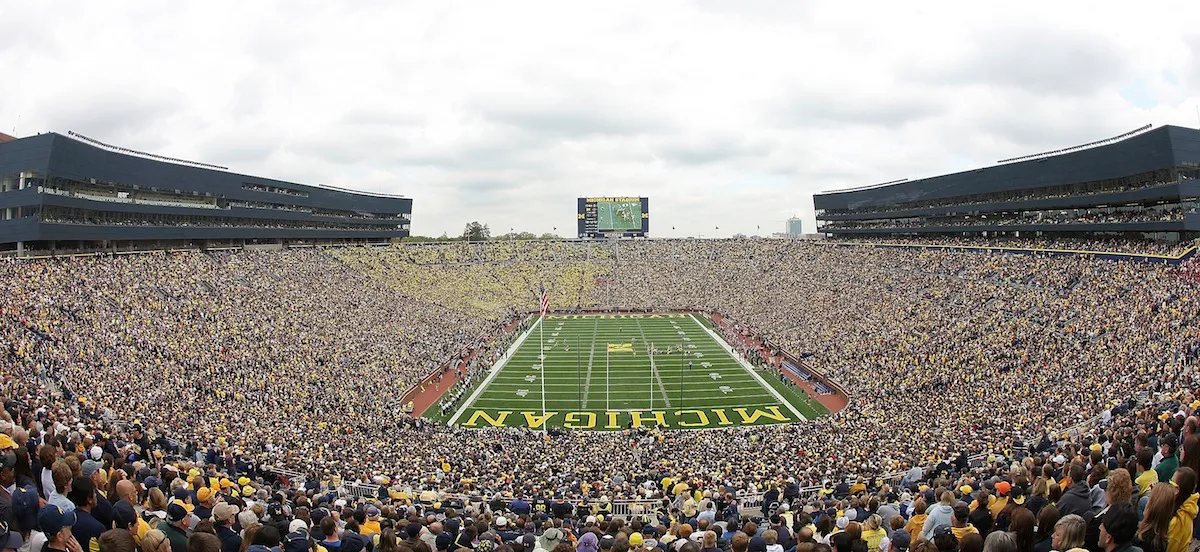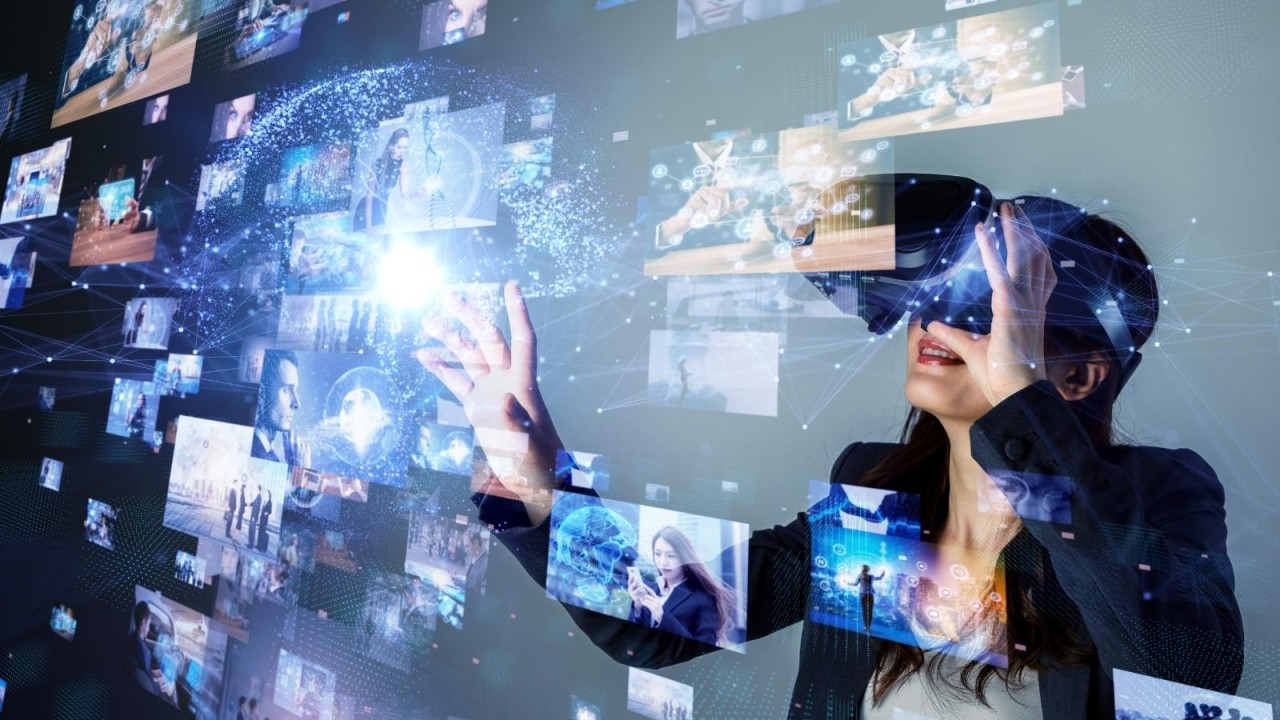As consumer expectations continue to evolve, experiential marketing is becoming an essential tool for brands looking to engage audiences in immersive, interactive ways. Unlike traditional digital marketing, which focuses on online content and advertising, experiential marketing creates real-world brand interactions that forge deeper emotional connections with consumers.
With technology, personalization, and social engagement driving marketing innovation, brands must stay ahead of the latest experiential trends to remain relevant and competitive. In this article, we’ll explore the emerging trends in experiential marketing, how they integrate with digital marketing, and how Towerhouse Global can help brands create high-impact live events and brand activations that drive lasting engagement.
1. AI-Powered Personalization is Redefining Consumer Experiences
Why Personalization is Essential
Consumers today expect brand interactions that are tailored to their preferences, behaviors, and needs. Artificial intelligence (AI) is transforming experiential marketing by enabling hyper-personalized brand experiences.
📌 Example:
- Spotify Wrapped analyzes user data to create customized, shareable year-in-review summaries that make each customer feel uniquely engaged.
- Amazon’s AI-powered Just Walk Out stores create a seamless shopping experience where customers can grab items and leave without checkout, using AI-driven recognition technology.
✔ How Brands Can Use AI in Experiential Marketing:
✅ AI-driven smart kiosks that offer personalized recommendations at live activations
✅ AI-powered chatbots and event assistants that tailor experiences to attendees’ preferences
✅ AI-driven facial recognition to personalize retail and event interactions
How Towerhouse Global Can Help:
We incorporate AI-driven personalization into experiential campaigns to create tailored, high-impact brand interactions that enhance engagement and customer retention.
2. Augmented Reality (AR) & Virtual Reality (VR) Are Transforming Brand Engagement
Blending Digital and Physical Experiences
AR and VR technology is making it possible for brands to create interactive, immersive experiences that engage consumers beyond traditional marketing methods.
📌 Example:
- IKEA’s AR-powered “Place” App lets customers visualize how furniture would look in their home before purchasing.
- Nike’s AR sneaker try-ons allow customers to see how shoes look on their feet using their smartphone camera before purchasing.
✔ How Brands Can Use AR/VR in Experiential Marketing:
✅ AR-powered product trials (e.g., virtual makeup try-ons, sneaker fittings)
✅ VR brand experiences that transport customers into the brand’s world
✅ AR scavenger hunts and gamified experiences to boost brand interaction
How Towerhouse Global Can Help:
We develop AR and VR-powered experiential marketing campaigns that seamlessly merge physical and digital engagement for an unforgettable consumer experience.
3. Hybrid & Phygital Experiences Are Here to Stay
Bridging the Gap Between Live & Digital Engagement
Hybrid experiences—where brands engage audiences both in-person and online—continue to gain traction as brands seek to extend the reach of experiential marketing activations.
📌 Example:
- Apple’s product launches combine in-person experiences with global live-streaming and interactive digital elements.
- Coachella’s AR-enhanced festival experience enables attendees and remote viewers to interact with digital elements through mobile apps.
✔ How Brands Can Use Hybrid Marketing in Experiential Activations:
✅ Livestreaming experiential activations for global audiences
✅ QR codes and interactive apps that connect physical experiences to digital content
✅ Offering exclusive online interactions for in-person event attendees
How Towerhouse Global Can Help:
We specialize in hybrid experiential marketing strategies, ensuring both physical and digital attendees have an engaging, seamless experience.
4. Gamification is Driving Higher Consumer Participation
Why Gamification Works
Gamification turns brand interactions into engaging, interactive experiences that encourage participation and brand recall.
📌 Example:
- McDonald’s Monopoly Game transforms product purchases into a fun, reward-driven brand experience.
- Burger King’s “Burn That Ad” AR campaign allowed users to scan McDonald’s ads and “burn” them in AR to win free Whoppers.
✔ How to Use Gamification in Experiential Marketing:
✅ Create branded challenges and interactive contests
✅ Use AR-powered games to boost customer participation
✅ Encourage social sharing by integrating gamification with digital marketing strategies
How Towerhouse Global Can Help:
We design custom gamified brand experiences that enhance engagement, increase participation, and create memorable brand moments.
5. Sustainable & Purpose-Driven Experiential Marketing is Gaining Momentum
Consumers Expect Brands to Take a Stand
Modern consumers seek out brands that align with their values, making sustainability and social responsibility key components of experiential marketing strategies.
📌 Example:
- Adidas’ Run for the Oceans campaign connected consumer participation with environmental impact, donating to ocean cleanup efforts based on app-tracked running distances.
- Patagonia’s Worn Wear Program encourages customers to repair and recycle old Patagonia gear at in-store and event-based activations, reinforcing the brand’s commitment to sustainability.
✔ How Brands Can Incorporate Sustainability into Experiential Marketing:
✅ Eco-friendly pop-ups and sustainable brand activations
✅ Sustainability challenges that engage customers in brand-driven environmental efforts
✅ Interactive experiences that raise awareness of social and environmental causes
How Towerhouse Global Can Help:
We help brands create eco-conscious experiential marketing campaigns that align with social responsibility and sustainability goals.
6. Influencer-Driven Experiential Activations Are Becoming More Impactful
Leveraging Influencers for Real-World Brand Engagement
Influencers are no longer just content creators—they are key players in experiential marketing campaigns, bringing authenticity and expanded reach to brand activations.
📌 Example:
- Fenty Beauty’s influencer-driven pop-ups allowed influencers to interact with products and share real-time reviews, generating massive online buzz.
- Sephora’s influencer-led beauty events engaged both in-person attendees and digital audiences, creating a seamless brand activation.
✔ How Brands Can Use Influencers in Experiential Marketing:
✅ Host influencer-led brand activations to amplify reach
✅ Encourage influencers to generate real-time social media content
✅ Create interactive influencer challenges that engage both in-person and online audiences
How Towerhouse Global Can Help:
We create influencer-driven brand activations that maximize reach, credibility, and engagement.
Final Thoughts: The Future of Experiential Marketing
As experiential marketing continues to evolve, brands must embrace technology, personalization, and hybrid engagement strategies to stay ahead. The latest trends—AI-driven personalization, AR/VR integration, hybrid experiences, gamification, sustainability, and influencer-led activations—are shaping the future of brand engagement.
✔ AI-driven personalization makes brand experiences more relevant
✔ AR & VR create interactive, shareable brand interactions
✔ Hybrid activations connect live and digital audiences
✔ Gamification increases consumer participation and brand loyalty
✔ Sustainability-driven experiences build trust and brand advocacy
✔ Influencer-led activations extend brand reach and credibility
At Towerhouse Global, we specialize in:
✅ Live event production & experiential marketing activations
✅ Augmented reality (AR), AI-driven, and gamified brand experiences
✅ Hybrid campaigns that merge digital and real-world engagement
📩 Contact Towerhouse Global today to create a next-level experiential marketing campaign that captivates audiences and drives real results! 🚀




